When it comes to personal injury cases in Arizona, understanding the concept of comparative fault is crucial. This legal principle significantly determines how damages are awarded in cases where multiple parties may be at fault for an accident or injury.
Definition of Comparative Fault
Comparative fault is a legal doctrine that allows for allocating damages based on the percentage of fault assigned to each party involved in an accident or injury. In Arizona, the state follows a pure comparative fault system, which means that even if a plaintiff is found to be 99% at fault for an accident, they can still recover damages from the other parties who were also at fault. This differs from contributory fault systems, where plaintiffs cannot recover any damages if they are found to have contributed to their own injuries.
Examples of How Comparative Fault Works
Let's consider an example to better understand how comparative fault operates in practice. Imagine a car accident where one driver runs a red light and collides with another vehicle, speeding slightly over the limit. In this scenario, a court may find that both drivers share some responsibility for the accident – say, 70% for the driver who ran the red light and 30% for the speeding driver. If the total damages awarded were $100,000, the driver who ran the red light would receive $70,000 (70% of $100,000) from the other driver.
Proving Fault and How an Attorney Can Help
Proving fault in a personal injury case can be complex and requires evidence such as witness testimony, police reports, medical records, and expert opinions. An experienced attorney can help gather and present this evidence effectively to support your claim and maximize your chances of recovering fair compensation. Additionally, an attorney can navigate Arizona's comparative fault laws to ensure that you receive the total amount of damages you are entitled to based on your level of responsibility for an accident.
Differences Between Pure Comparative Fault and Contributory Fault
As mentioned, Arizona follows a pure comparative fault system, while some states adhere to contributory negligence laws. The key distinction between these two systems lies in their approach to awarding damages – under pure comparative fault; plaintiffs can recover damages even if they are primarily responsible for an accident, whereas under contributory negligence laws, plaintiffs are barred from recovering any damages if they are found to have contributed in any way to their injuries.
Arizona Personal Injury Attorney
If you or someone you know has been involved in a personal injury incident in Phoenix, AZ, understanding comparative fault is just the beginning. The experienced attorneys at Rafi Law Group are well-versed in navigating Arizona's complex legal landscape and can help you maximize your compensation. Located at 2235 N. 35th Avenue, Phoenix, AZ, we are committed to advocating for your rights and ensuring you receive the justice you deserve. Contact us today at (623) 207-1555 to learn more about how we can assist you with your personal injury claim.


